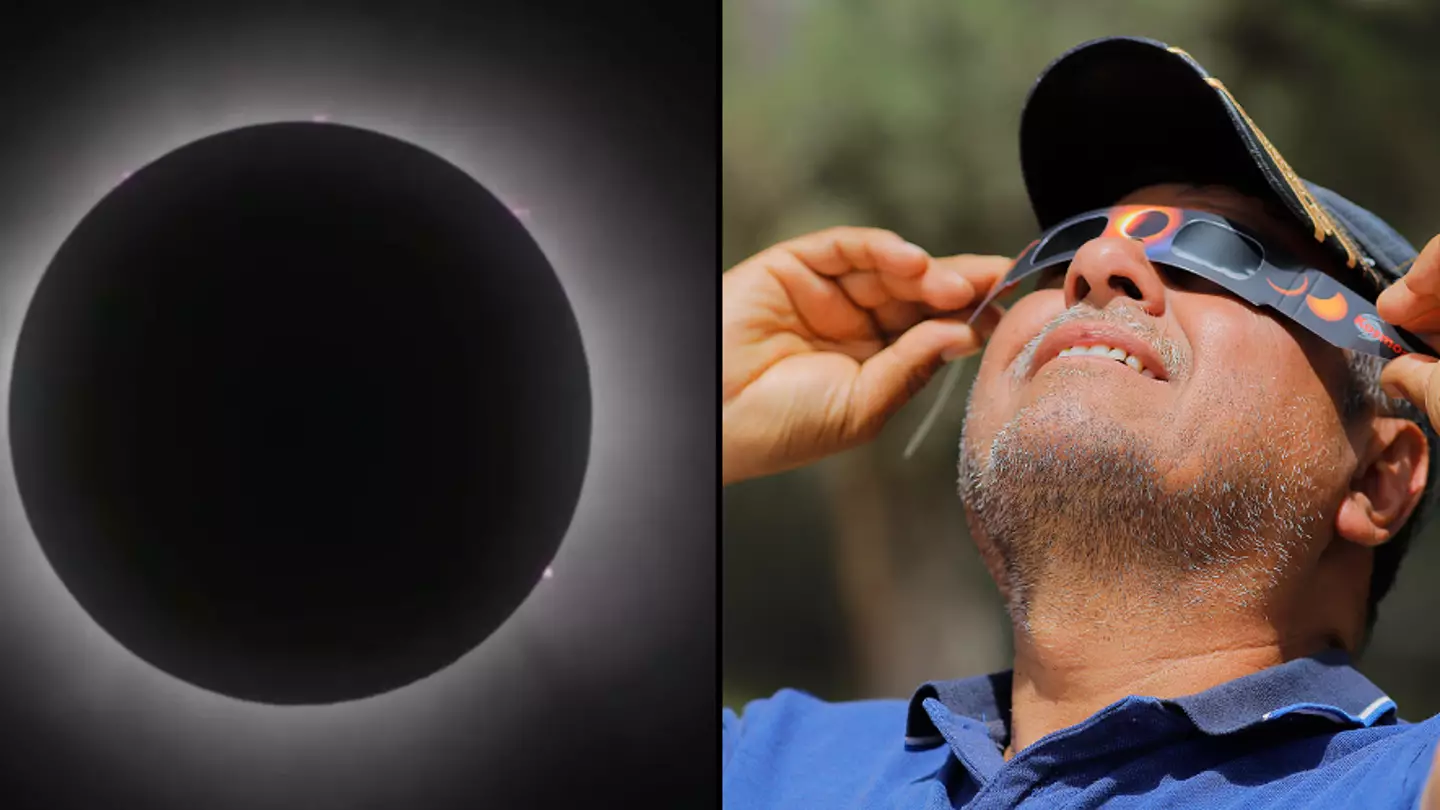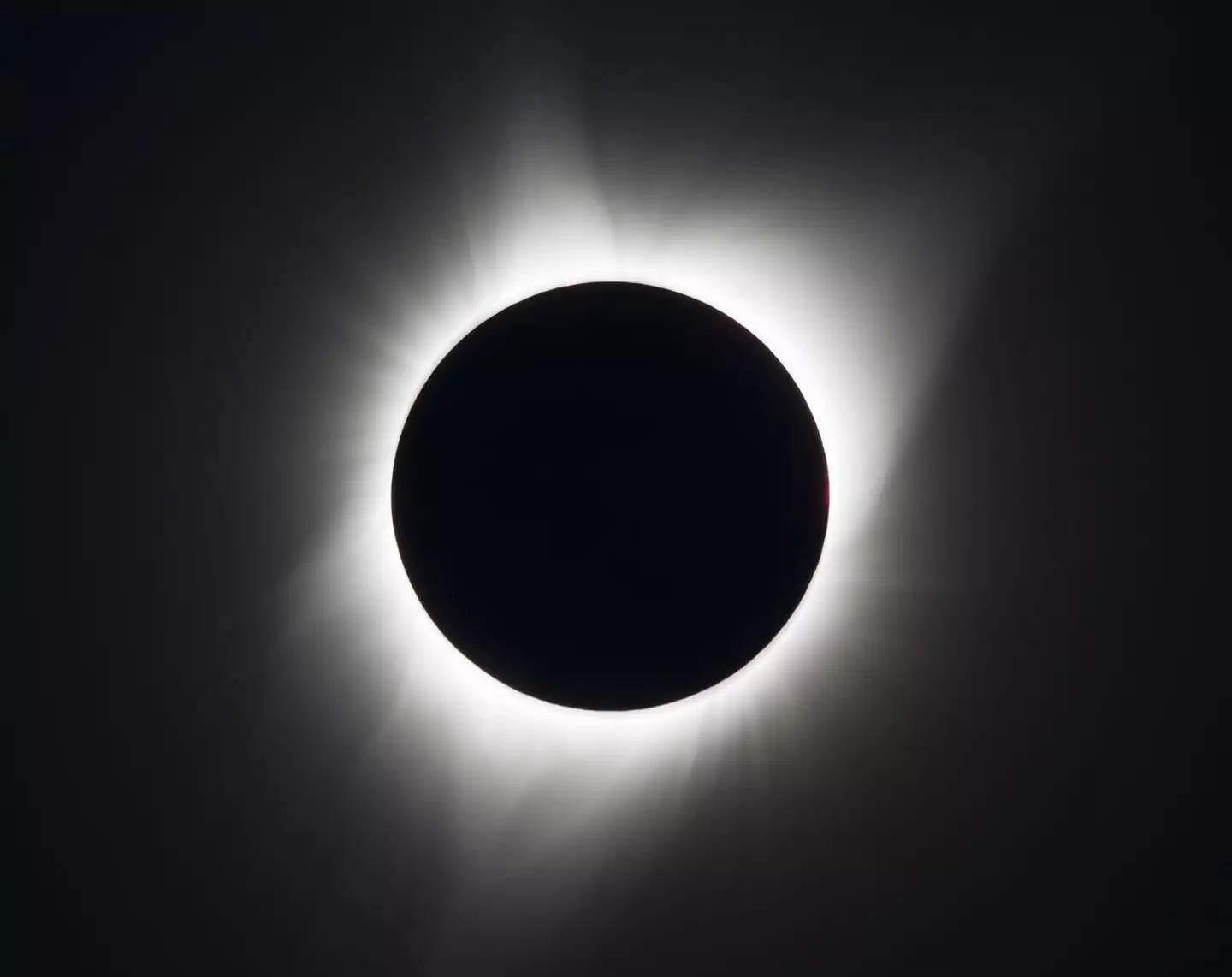
The total eclipse has already taken the world by storm and dazzled stargazers in an amazing spectacle.
But if you’re sitting at home wondering whether or not you've missed its first appearance, you probably have.
A hint: It’s already been spotted outside of the UK.
Advert
This event occurs only when there is a perfect alignment of the Earth, Sun and Moon, as the Moon fully covers the Sun’s surface and plunges our planet into darkness.
The last time the US could see one of these events was 2017, but its next opportunity won't come until 2045, which means tonight is the night you should have had your gear ready to see it up close and personal.
1999 was the last time the UK could see a total eclipse, but sadly we will only be seeing a partial eclipse on our side of the pond tonight.

But if you’re in the US, buckle up because you're actually first to see the total eclipse tonight.
Advert
The US, Mexico and Canada are right in the path of the eclipse, meaning more than 31 million people are seeing the total covering of the Sun.
The solar eclipse tonight just entered Mexico’s Pacific coast, and drifted through Texas and then the Midwest, Mid-Atlantic and New England, before making its way over eastern Canada into the Atlantic.
With around four-and-a-half minutes in Mexico and a minute in Montreal, there isn’t any time to dilly dally if you want to see it fully.
From Mexico's Pacific coast at around 11.07am PDT, spectators were wowed by its sight.
Advert
The areas within the eclipse’s path are Texas, Arkansas, Missouri, Illinois, Kentucky, Indiana, Ohio, Pennsylvania, New York, Vermont, New Hampshire, and Maine, Southern Ontario, Quebec, New Brunswick, Prince Edward Island, and Cape Breto and lastly, Newfoundland.
NASA’s YouTube channel and website is also live streaming the event just in case you can’t make it out on time, or if you aren’t in an area with visibility:
If you’re not sure what to expect during a total eclipse, it’s very simple: Sudden darkness and the incredibly bright corona of the Sun.
Advert
Now, this corona isn’t something you’ll want to look at without specialised eye protection as it could damage your eyesight.
Chris Lintott, professor of astrophysics at the University of Oxford, told Sky News: "A total solar eclipse is one of the grandest sights in nature - and may be very rare anywhere in the galaxy.
"I get a shiver down my spine every time.”
The American Astronomical Society advises that you ensure your glasses are safe to wear when attempting to look at the eclipse.
Advert
You can do this by putting them on in the house and seeing if you can see anything through them (you shouldn’t be able to).
However the safest and one of the cheapest ways to view the event is by pinhole projection – make a hole in a piece of card, hold it under the Sun, and hold a piece of paper behind the card.
Featured Image Credit: NASA/Manuel Guadarrama/Getty Images